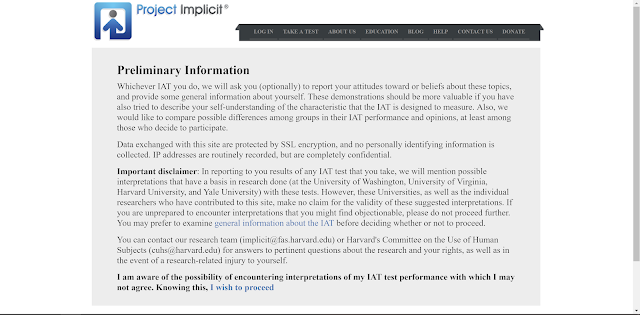11. Game Accessibility Guidelines
As a part of the research in making this game more inclusive and accessible, I'm going to look through the Game Accessibility Guidelines and try to implement as much of it as I can in my game, taking into consideration the limited time frame and resources. What are these guidelines? The Game Accessibility Guidelines document is a living (open to updates and improvements) set of guides created by a large group of professionals in various fields of game design, technology, and accessibility research. There are three categories - Basic, Intermediate, and Advanced. The guidelines attempt to balance Reach, Impact, and Value, and are grouped into sub-categories relating to different types of skill or impairment. For my project, I'll be looking through the Basic guidelines and see which ones I can feasibly apply to my game. 1. Motor - Remapping, or allowing users to change the game controls, is one of the most common accessibility issues. I've never tried to make a gam...








